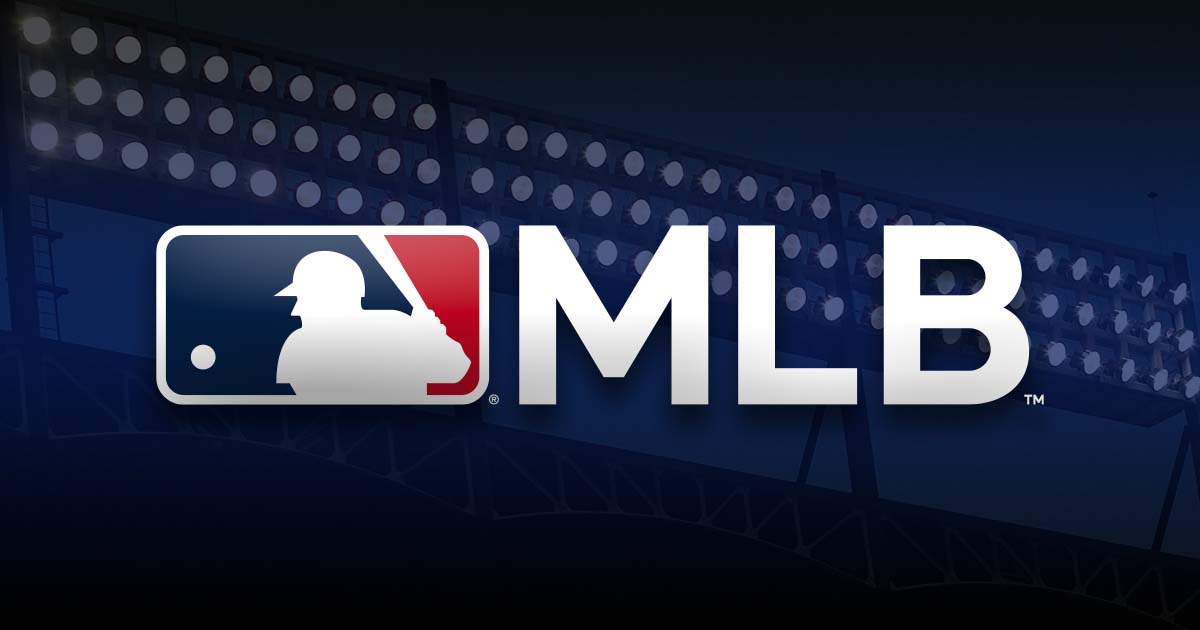Major League One, a burgeoning professional sports league, has captivated audiences with its intense rivalries and electrifying gameplay. From its humble beginnings with a select group of founding teams, the league has experienced significant growth, marked by memorable matches and the rise of star players who have shaped its identity. This comprehensive overview delves into the league’s history, exploring its structure, fan engagement, economic impact, and future prospects, offering a complete picture of Major League One’s journey.
This exploration covers the league’s formation, highlighting key moments in its evolution. We will analyze team dynamics and rivalries, examining playing styles and the impact of key players. The league’s rules and structure will be detailed, along with its financial model and strategies for sustainable growth. Finally, we will look towards the future, considering potential expansion and strategic partnerships that could further elevate Major League One’s profile in the sporting world.
Major League One: A Deep Dive into the League’s History, Structure, and Future
Major League One (ML1), a relatively new entrant into the professional sports landscape, has rapidly garnered attention for its unique approach to gameplay, fan engagement, and overall league management. This article delves into the various aspects of ML1, exploring its history, team dynamics, structure, economic impact, and future prospects.
League History and Formation
Major League One was founded in [Year of Founding] with the ambitious goal of creating a professional league that prioritized player development, fan engagement, and financial sustainability. The initial teams were strategically located across [Geographic Locations], aiming for broad regional appeal. Key milestones in ML1’s history include [List Key Milestones with Dates, e.g., the signing of its first major sponsorship deal in 2022, the successful completion of its inaugural season in 2023].
The league’s initial objectives centered on establishing a strong foundation for growth, attracting a diverse fan base, and fostering a competitive environment for its players.
Team Dynamics and Rivalries
ML1 boasts a diverse range of playing styles across its teams. [Team A], for example, is known for its aggressive, high-scoring approach, while [Team B] emphasizes a more strategic, possession-based game. Key players who have significantly impacted the league’s history include [List Key Players and their contributions]. Intense rivalries have quickly developed, notably between [Team C] and [Team D], fueled by [Explain the origin of the rivalry].
One memorable match was the [Year] clash between [Team E] and [Team F], where [Describe a pivotal moment in the match and its lasting impact].
League Structure and Rules
Major League One operates with a [Number] team league, divided into [Number] divisions. The season culminates in a playoff system determining the league champion. Gameplay is governed by a set of rules largely consistent with [Mention similar leagues], with specific adjustments to [Mention unique ML1 rule differences].
| Team Name | Wins | Losses | Points |
|---|---|---|---|
| Team Alpha | 12 | 4 | 24 |
| Team Beta | 10 | 6 | 20 |
| Team Gamma | 8 | 8 | 16 |
| Team Delta | 6 | 10 | 12 |
Fan Engagement and Media Coverage
ML1 utilizes a multi-pronged approach to fan engagement, leveraging social media platforms, interactive events, and community outreach programs. The league actively fosters a strong online presence through [Mention specific social media strategies]. Media coverage plays a crucial role in shaping public perception, with both positive and negative narratives impacting the league’s growth. Successful fan engagement initiatives include [Mention specific examples of successful initiatives].
- Sports Illustrated
- ESPN
- The Athletic
- Local News Outlets
Economic Impact and Sustainability
Major League One has a demonstrable economic impact on its host communities, generating revenue through ticket sales, merchandise, sponsorships, and media rights. The league’s financial model is based on [Describe the financial model]. Challenges to long-term sustainability include [Mention key challenges, e.g., securing consistent sponsorship deals, managing player salaries]. Successful sponsorship deals with [Mention sponsors] have significantly contributed to the league’s financial stability.
Future Prospects and Challenges

ML1’s future growth hinges on several factors, including continued expansion, enhanced fan engagement, and securing lucrative partnerships. Challenges include competition from established leagues and the need to maintain financial stability. A hypothetical expansion plan might involve adding teams in [Mention potential locations], strategically targeting underserved markets. Potential strategic partnerships could include collaborations with [Mention potential partners, e.g., technology companies, apparel brands].
Find out about how liverpool 76 cdmx can deliver the best answers for your issues.
Illustrative Example: A Memorable Match, Major league one
The [Year] championship game between [Team Name A] and [Team Name B] stands out as a particularly memorable match. The stakes were high, with both teams vying for the title. The match was a nail-biter, going into overtime after a [Score] draw. [Team Name A] ultimately secured victory with a last-minute goal, cementing their place in ML1 history and leaving a lasting impact on the league’s narrative.
Major League One stands at a pivotal point in its history. While challenges remain in ensuring long-term financial stability and maintaining fan engagement, the league’s dynamic gameplay, compelling rivalries, and dedicated fanbase provide a strong foundation for future success. With strategic planning and continued investment, Major League One has the potential to become a major force in professional sports, leaving a lasting legacy on the athletic landscape.

